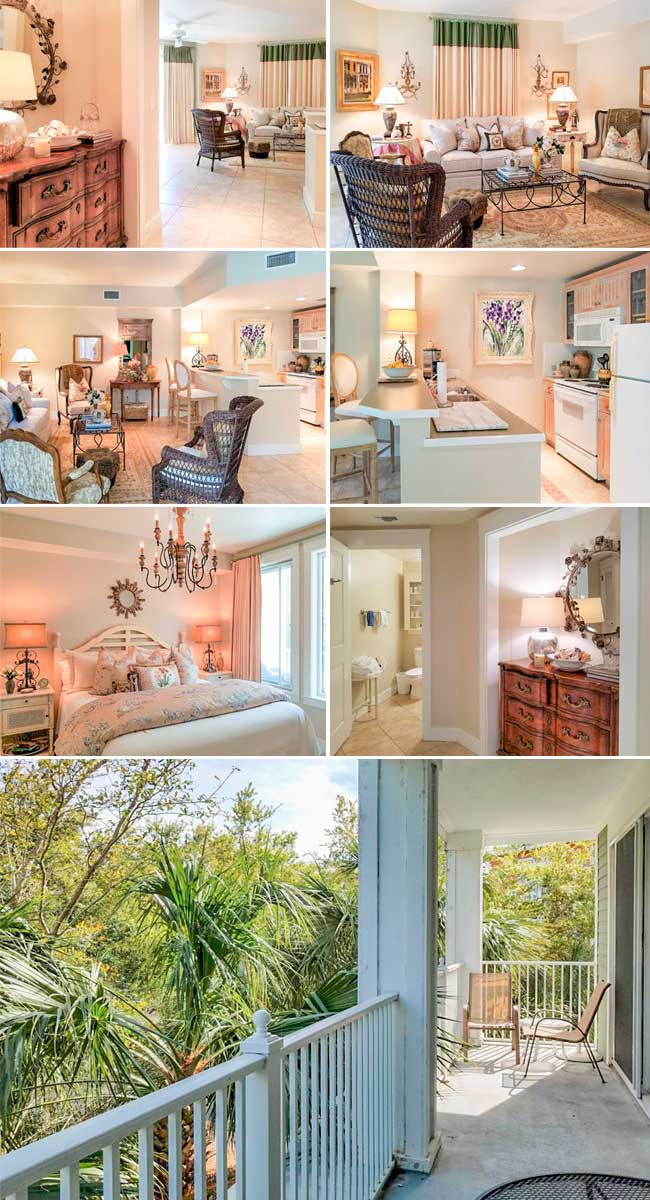 What Is a Quartz Countertop?
What Is a Quartz Countertop? A visit to a kitchen showroom these days will show you a stunning exhibit of quartz ledge structures and examples that surprisingly impersonate genuine marble and other characteristic stone. Be that as it may, quartz has made considerable progress! First showing up in Italy during the 1960s, these ledges were created—by consolidating ground quartz particles with pitches into a piece—as a choice to stone that wouldn't handily split or break. While the tars added simply enough adaptability to work, early quartz ledges were a dull-looking cream and tan. Bleeding edge enhancements in strong surface innovation have raised quartz from useful to marvelous. With a plenitude of finish decisions and unlimited mixes of shading and edge styles, you'll likely discover something staggering that suits your home.
Not exclusively will you value the vibe of quartz, you'll see it astoundingly simple to keep up—in contrast to marble and normal stone, which require an uncommon sealant and can be finicky to think about. Quartz contains 90 to 94 percent ground quartz and 6 to 10 percent polymer pitches and colors, consolidated to create a rock hard section that can copy the vibe of entrancing marble twirls or hearty normal stone, without the support.
A note to property holders in the market to redesign: When investigating ledge choices, make a point not to mistake quartz for quartzite. Quartz is designed with shades and saps, while quartzite is really sandstone that, through common transformation, was presented to serious warmth, which made it cement. Mined from enormous stone quarries and cut into strong sections, quartzite is likewise accessible for ledges—in any case, in contrast to quartz, it must be fixed before use and again on more than one occasion per year from there on.
What Are the Pros and Cons of Quartz?
On account of its non-permeable nature, quartz is form , stain-, and buildup safe, making it a breeze to keep not simply spotless yet additionally germ-and microscopic organisms free. Quartz likewise opposes heat harm—to a certain degree. Producers advertise quartz as ready to withstand temperatures up to 400 degrees Fahrenheit (one explanation it functions admirably as chimney encompasses). In any case, "warm stun" can come about because of putting a hot container directly from the broiler or burner onto a cool quartz ledge, which can prompt breaking or staining. And keeping in mind that quartz opposes recoloring on the grounds that fluids can't infiltrate its surface, it's not 100 percent stain-verification. Wrecks ought to be tidied up rapidly to best save quartz ledges' unique shading.
The greatest drawback to quartz, be that as it may, is cost. While a preformed or cover ledge will hinder you two or three hundred dollars, quartz ledges cost between $70 to $100 per sq. ft., introduced, tantamount to the cost of common stone ledges. For a moderate size kitchen, you can undoubtedly put in two or three thousand dollars for quartz.











